Full length RTN3 regulates turnover of tubular endoplasmic reticulum via selective autophagy
- PMID: 28617241
- PMCID: PMC5517149
- DOI: 10.7554/eLife.25555
Full length RTN3 regulates turnover of tubular endoplasmic reticulum via selective autophagy
Erratum in
-
Correction: Full length RTN3 regulates turnover of tubular endoplasmic reticulum via selective autophagy.Elife. 2025 Apr 15;14:e107151. doi: 10.7554/eLife.107151. Elife. 2025. PMID: 40231432 Free PMC article.
Abstract
The turnover of endoplasmic reticulum (ER) ensures the correct biological activity of its distinct domains. In mammalian cells, the ER is degraded via a selective autophagy pathway (ER-phagy), mediated by two specific receptors: FAM134B, responsible for the turnover of ER sheets and SEC62 that regulates ER recovery following stress. Here, we identified reticulon 3 (RTN3) as a specific receptor for the degradation of ER tubules. Oligomerization of the long isoform of RTN3 is sufficient to trigger fragmentation of ER tubules. The long N-terminal region of RTN3 contains several newly identified LC3-interacting regions (LIR). Binding to LC3s/GABARAPs is essential for the fragmentation of ER tubules and their delivery to lysosomes. RTN3-mediated ER-phagy requires conventional autophagy components, but is independent of FAM134B. None of the other reticulon family members have the ability to induce fragmentation of ER tubules during starvation. Therefore, we assign a unique function to RTN3 during autophagy.
Keywords: RTN3; autophagy; biochemistry; cell biology; endoplasmic reticulum; none; reticulon; selective autophagy.
Conflict of interest statement
ID: Senior editor,
The other authors declare that no competing interests exist.
Figures




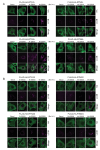




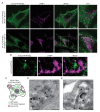

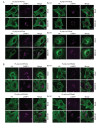




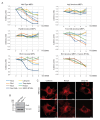

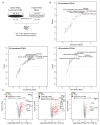



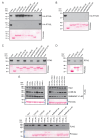



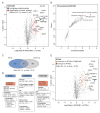
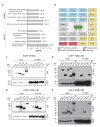

References
Publication types
MeSH terms
Substances
Grants and funding
LinkOut - more resources
Full Text Sources
Other Literature Sources

